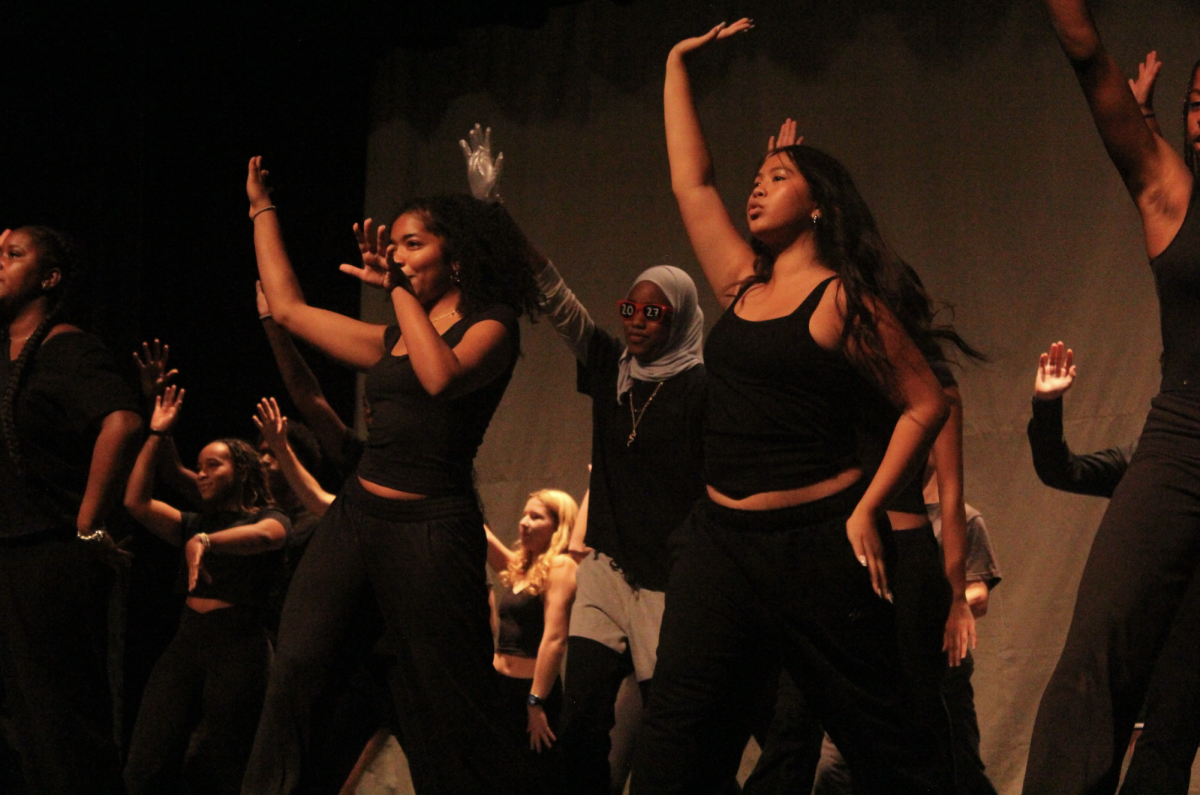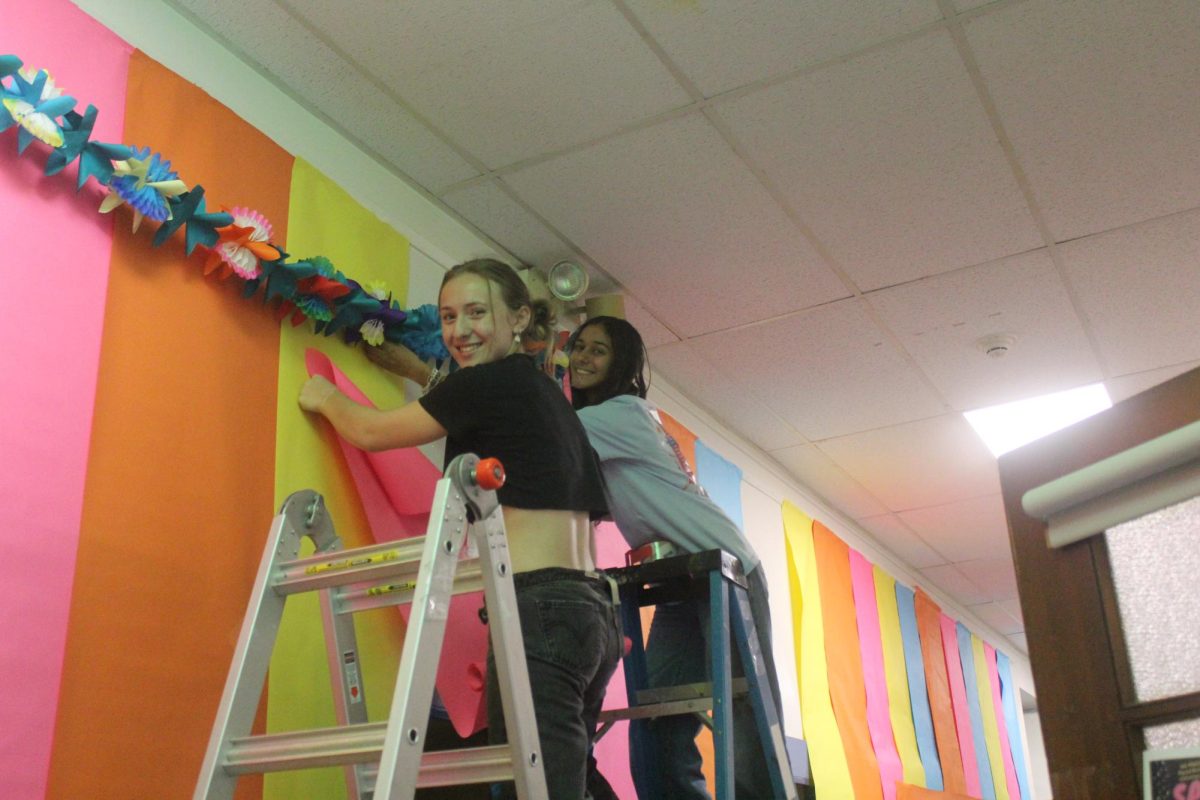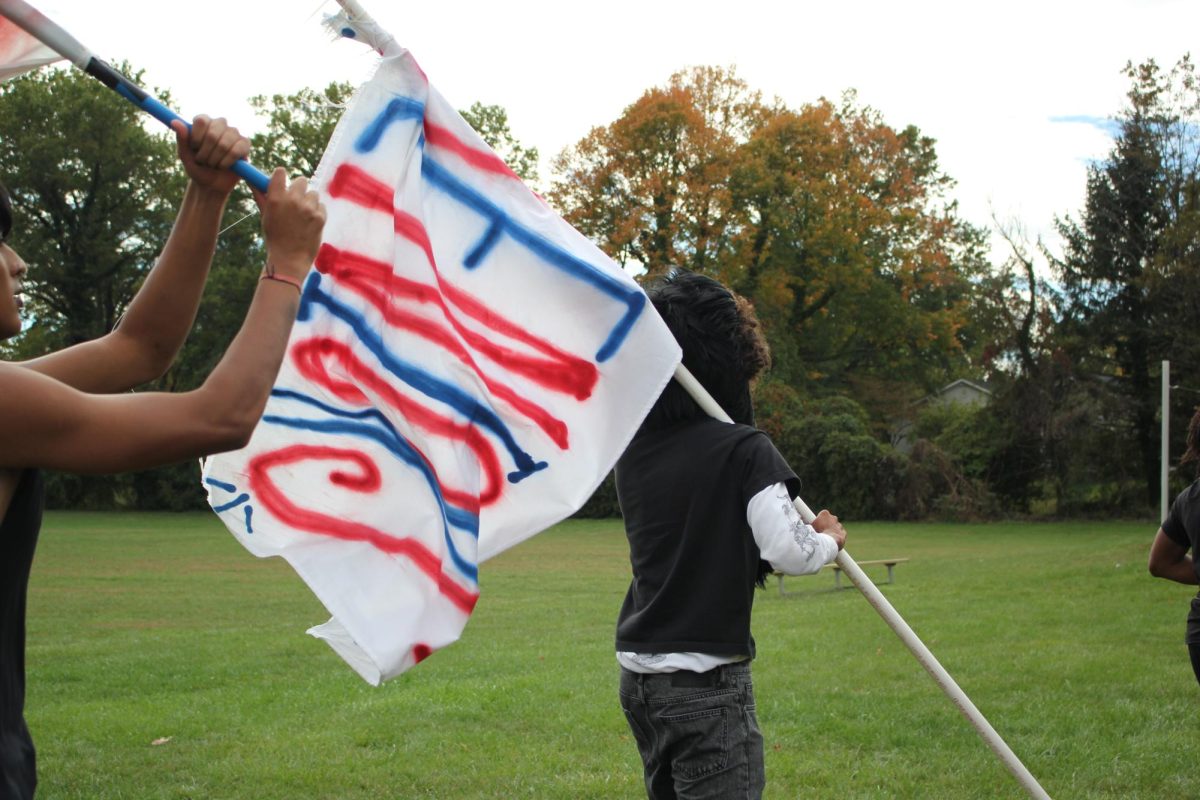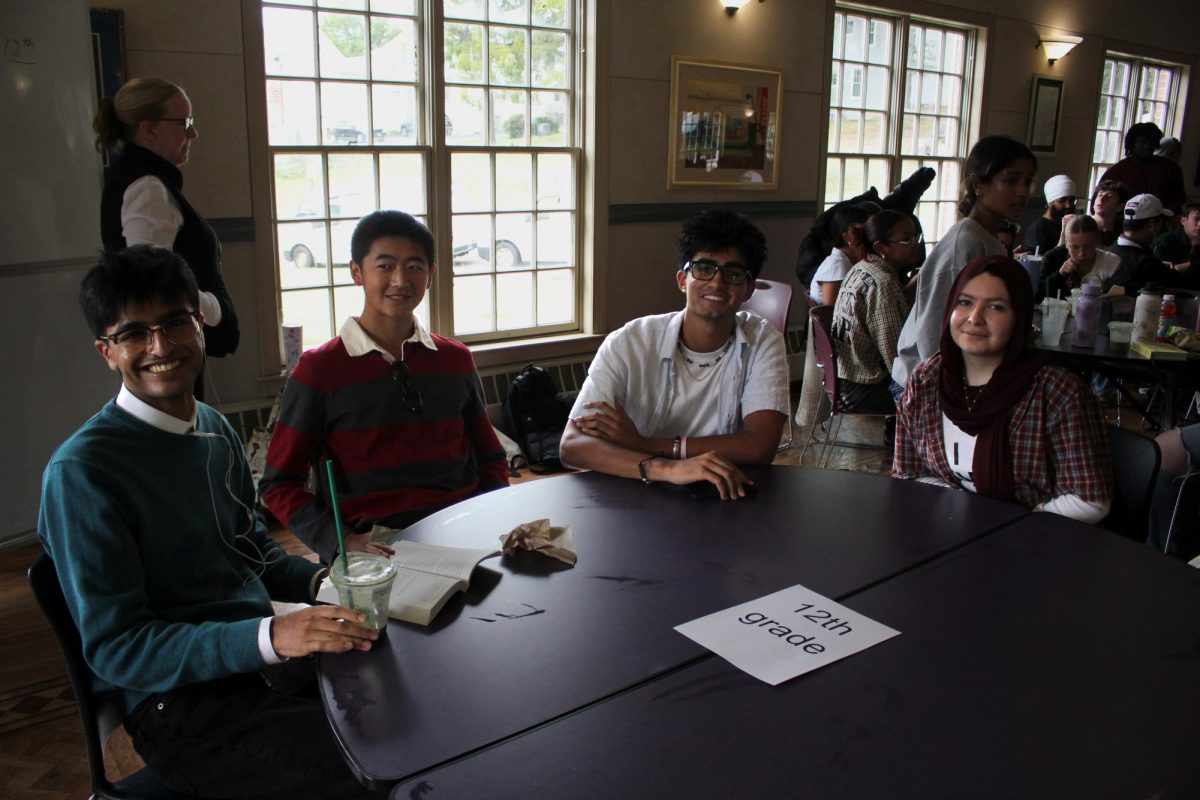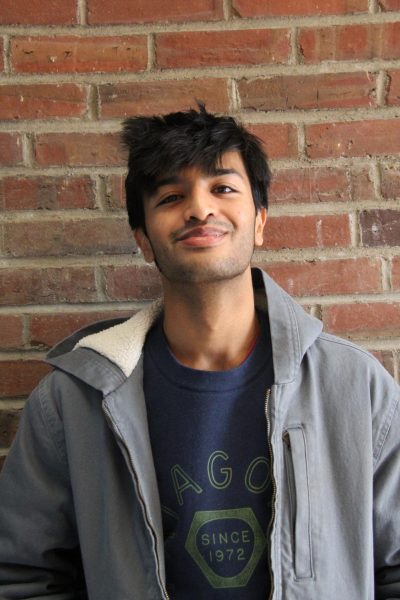The role of diversity work at MFS has been thrown under a spotlight as debates regarding DEIB (diversity, equity, inclusion, and belonging) programs rage across educational institutions across the country. MFS administration, such as US Director Noah Rachlin and US Dean of Students Will Miller, have voiced clear intentions to encourage open discourse and confront controversial issues in ways that make everyone — students, faculty, and administration — feel safe in being vulnerable and discussing their feelings on sensitive matters.
Director of Diversity, Community, and Belonging (DCB) Chanelle Walker and Mary Anne Henderson, History Department Chair and Upper School DCB Coordinator, have been charged — alongside student clerks, affinity leaders, and others passionate about the inclusivity cause — with the task of shaping the DEIB culture at MFS. This includes facing short-term community challenges, such as navigating sensitive issues like the Israel-Palestine crisis, to forming a longer-term vision for what an inclusive and interconnected MFS community looks and feels like. As described by Walker, “[DEIB] work is feelings work.”
The advancement of the DEIB cause is a personal endeavor for both Walker and Henderson. “The interesting thing about this is [Henderson] and I both have such passion and excitement and enthusiasm for this work, not just from a professional standpoint, but also from a personal standpoint and our lived experiences,” Walker explained.
When talking about the school’s current strengths in being an inclusive learning environment, Henderson highlighted the demographic makeup of the school’s student body as a strength in itself.
“One of the big issues is that many schools struggle to have a diverse student population, or they rely on pockets of diversity.” She continued, “I think it’s really awesome that there actually is quite a diversity of students here [at MFS] in terms of race and gender.”
However, pointing to a weakness, Henderson said, “It’s always hard to have diversity in terms of class. I know that we have it here. It’s hard to talk [about that].”
Henderson further explained their point through an example of a former school at which they taught in Seattle where “a huge chunk of [the school’s] ‘diversity’ came from the fact that [they] had an international program that initially basically only recruited from mainland China.” While appreciating the international program, Henderson also pointed out its critiques; it created inflated or artificial diversity rates for the school to tout.
Walker chose to highlight student leadership — including but not limited to student-led affinity groups and Diversity Committee — as one of MFS’ biggest strengths in being an inclusive community.
“One of the things about being at MFS is [that] we have this power of student voice that really doesn’t exist in a lot of other schools,” Walker noted.
At the same time, Walker also underlined problems with student leadership at MFS.
“We see people who have the interest in [DEIB work], but do they have the commitment?”
Walker elaborated, “A lot of people talk about inclusion, and it sounds really good, but the intentional work behind doing the inclusion work is a lot of sacrifice.”
Walker also argued, “I think that when you’re a student, sometimes you might take [opportunities for student leadership to advance the DEIB cause] for granted, whereas those of us who’ve been in other spaces see and recognize it.”
While praising the drive of many students to move the school forward in being a more inclusive learning environment, Henderson also touched upon a similar idea but from a different angle.
“I see a lot of young people in this community that have drive, that have passion, but kind of have a ‘head down’ mentality of, ‘I [have to] get this done on my own.’ As opposed to, ‘this might be easier if I worked with other people on it’ … Especially if we’re talking about identity work. It’s okay to ask people with different identities than me to support the affinity and identity work I want to do. That’s [something] I’d love for us as a community to get to.”
On that note, Henderson elaborated, “[Fostering inter-student cooperation] is a really tangible way that for us as the adults, thinking about what we can do that isn’t dictating to students what we want them to do, but instead creating the organizing space to develop students as leaders who feel confident that they can take these spaces and then make of them what they want to,”
The theme of collaboration — specifically, inter-student collaboration and student-faculty collaboration — also stood strong in both Henderson and Walker’s visions for MFS’s more inclusive future.
“[The Diversity Coordinators] don’t want there to be this wall between what the adults do and what the students do.” She added, “We really want to strengthen those abilities to better collaborate between students and adults, but also even between students.”
Walker mentioned taking advantage of the resources MFS has already established, such as affinity groups.
“We have a lot of affinity groups here in ways that don’t exist in a lot of other schools. Why can’t we play to that strength? Why can’t people work together more in a very intentional way to lean into more of the vulnerability that’s needed to really talk across differences, to see people in a truly authentic way?”
Henderson shared enthusiasm about collaboration between students and faculty, particularly in terms of affinity groups. When laying out conversations they had with students trying to plan events, they mentioned asking, “‘Did you think about asking people outside of our Affinity?’” The response? “‘Oh no, I hadn’t really thought about it.’”
They explained what they meant in terms of the conversations held in the recent Affinity Group Congress (meeting of affinity group facilitators to discuss best practices to run affinity groups), “When you’re hearing other people in the room in your similar position who are either having similar struggles to you or have actually had successes where you’ve struggled, are you thinking about the fact that that’s a person you could talk to after this?”
The DEIB coordinators are committed to making substantial changes in order to leave a lasting impact on MFS. Henderson explained that they see opportunities for student collaboration across affinity groups.
“There is a lot that happens during Black History Month; what would it look like for LGBTQ+ affinity [group] to reach out to the leaders of [the Black Student Union (BSU)] and be like, ‘Hey, in Black History Month we’d like to talk about Black queer and trans folks and what’s going on with them,’” Henderson explained.
Henderson expanded the idea, using the example of Soul Food Fest to show how such a popular event could become a focal point of intersectionality and community building. Henderson used Soul Food Fest as an example of an event many students participate in, but could possibly help create instead of just sitting on the receiving side of the event: [How might students] get that event put together in a way that means everybody gets to enjoy it and [make it feel] like it’s not this huge big [ordeal] that only one group of people of have to undertake [alone]?”
Henderson stressed how this level of collaboration would serve to affirm the intersectionality of students’ identities. “I hear students still talk about there [being] so little time in the schedule; oftentimes you’re picking kind of one identity to go to affinity space in, even though you are potentially a part of other affinity groups.”
Henderson also highlighted current initiatives working to implement these goals. “The Affinity [Group] Congress coming together this year … felt like an important, tangible thing. [Administration is] also planning, and I know [that Walker has] put time on the books, for there to be an affinity [group] leader training that happens at the beginning of the year in August before the school year starts.”
Walker ended with her thoughts on how vital it is for MFS to maintain its focus on the DEIB cause. “The fact [is] that this work is ever-evolving, [and students and faculty] shouldn’t stand still, especially not in an educational institution.”


